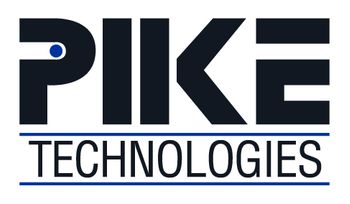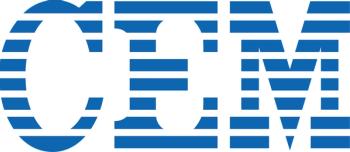Confocal Raman microscopy is a powerful tool for analyzing the chemical composition of samples on the submicrometer scale. In the food industry, various ingredients, additives, and bio-polymers (such as emulsifiers, stabilizers, carbohydrates, or thickeners) are commonly used to optimize the texture or the flavor of food. The distribution and microstructure of the ingredients strongly influence the properties of the final product. Therefore, research and development, as well as quality control, require powerful analytical tools for studying the distribution of compounds in food. Raman imaging has proven to be an effective and versatile technique for food analysis (1,2).












